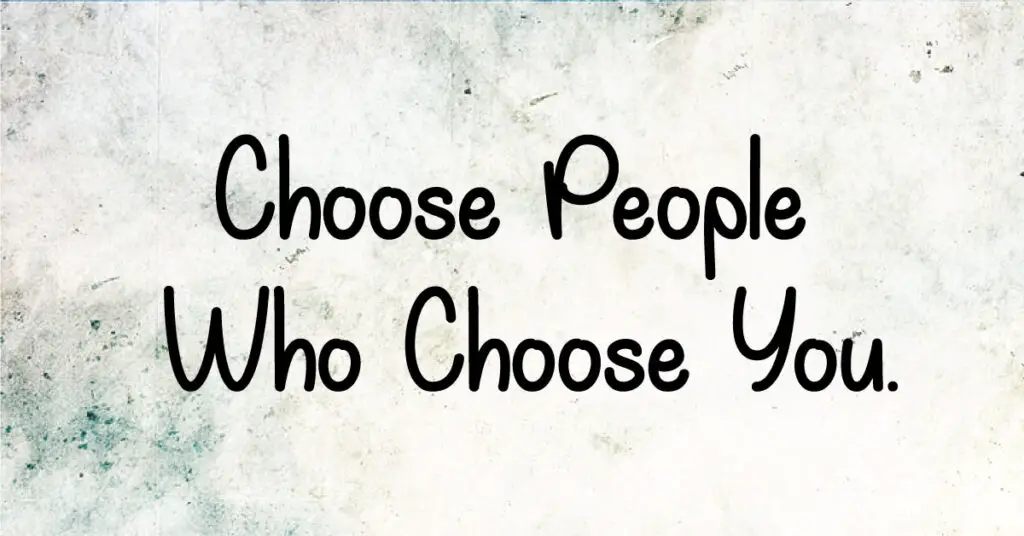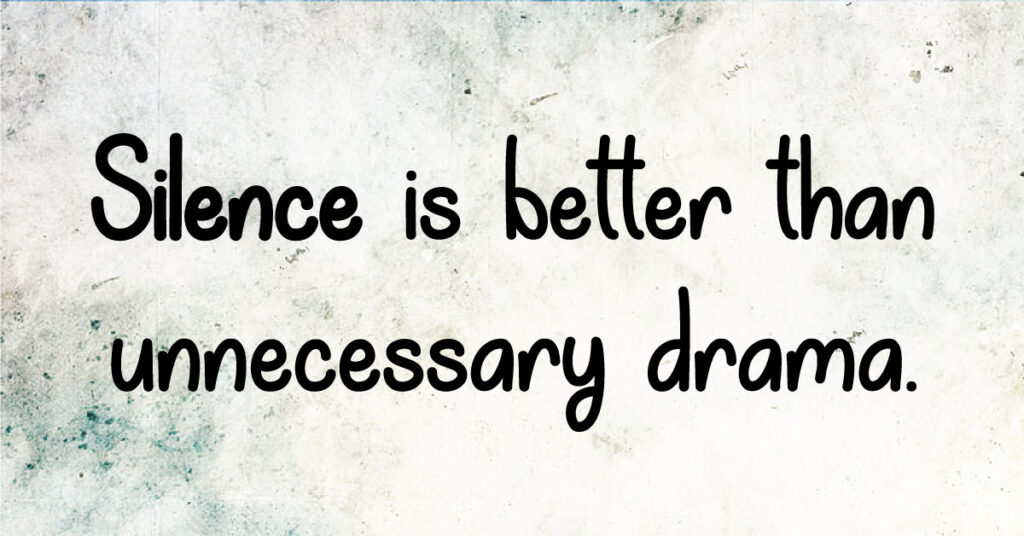In the era of digital transformation where interactions are just a click away, it’s a profound irony that loneliness continues to pervade our society. The advent of technology has undeniably revolutionized the way we communicate, fostering an environment of hyperconnectivity. Yet, instead of mitigating feelings of isolation, this surge in digital connectivity has paradoxically amplified them.
It’s as though we’re adrift in an ocean of social media updates, instant messages, and video calls, yet starved of genuine human connection. This paradox presents a modern conundrum: How has the age of unlimited connection given rise to an epidemic of loneliness? As we delve into this topic, we’ll explore the dynamics of digital communication, the concept of ‘extended loneliness,’ and the profound implications this paradox has on our lives.
The Paradox of Hyperconnectivity
In our contemporary digital age, we are inundated with a myriad of connections. The advent of social media platforms, instant messaging apps, and video call technologies has made it possible to reach out to anyone, anywhere in the world, within a matter of seconds. We are seemingly more connected than ever before, with our network of contacts only a click away.
However, these digital platforms often present a deceptive facade of emotional richness. Our feeds are filled with constant updates from friends, our posts garner likes and reactions, and our chat threads seem never-ending. Yet, despite this relentless flurry of digital interaction, many of us find ourselves feeling increasingly isolated and alone.
This paradoxical experience is what’s known as “extended loneliness.” It is a distinct form of loneliness that arises in the context of our hyperconnected digital lives. Extended loneliness encapsulates the unsettling sensation of being surrounded by an abundance of superficial connections while simultaneously lacking the depth, authenticity, and emotional resonance that are the hallmarks of truly meaningful relationships.
Despite being seemingly well-connected, we are often left yearning for more substantive, genuine interactions. The constant barrage of updates and notifications can end up creating an emotional void, making us feel detached and alone amidst a sea of digital interactions. This extended loneliness is a poignant reflection of the paradox of plenty that characterizes our modern digital age: an age where we have more connections than ever before, yet often feel profoundly alone.
Technology and Solitude
The rise of technology has undeniably broadened our capacity to connect with others. It has transcended geographical boundaries and made instant communication a reality. However, this digital boon is not without its concerns. One of the most pressing issues is the encroachment of technology on our solitude and the erosion of authentic, meaningful relationships.
In an age where digital connections are increasingly prevalent, there’s a growing apprehension that these connections are being forged at the expense of genuine human interaction. The warmth of a human touch, the richness of face-to-face conversations, and the subtleties of physical communication – all these invaluable aspects of human relationships are gradually being supplanted by screen time.
This shift towards digital communication has resulted in a peculiar form of social isolation. Despite being virtually “always connected,” we often find ourselves feeling alone. This is because digital interactions, while convenient, often lack the depth and emotional resonance of in-person connections.
We may have hundreds or even thousands of followers on social media, but the quality of these digital connections often pales in comparison to real-world relationships. As such, despite the illusion of hyperconnectivity, many of us are experiencing a profound sense of loneliness. This highlights the paradox of our digital age: we are more connected than ever before, yet this connectivity often leaves us feeling isolated and alone.
The Impact of Digital Loneliness
The ramifications of digital loneliness are far-reaching and significant. Studies have shown that feelings of loneliness are not just a social concern, but a serious health issue as well. In fact, mounting evidence indicates that chronic loneliness is associated with an increased risk of early mortality, underscoring the severity of this modern-day epidemic.
Moreover, this loneliness doesn’t just take an emotional toll. Research has also discovered a connection between social pain, such as feelings of rejection or isolation, and physical pain. This correlation suggests that the effects of loneliness permeate beyond our emotional health, influencing our physical well-being as well.
Loneliness, particularly in its digital form, can lead to heightened stress levels, weakened immune systems, and increased risk of heart disease, among other health problems. It’s clear that the impact of loneliness extends far beyond the realm of our social lives. In our increasingly connected world, it’s crucial that we address this paradox and find ways to foster genuine, meaningful connections that can counteract the detrimental effects of digital loneliness.
Towards Genuine Connections
The escalating loneliness epidemic serves as a stark reminder of our inherent human need for meaningful, authentic connections. As social beings, we thrive on interpersonal relationships that are deep, sincere, and emotionally fulfilling. These relationships form the bedrock of our social lives and play a crucial role in our overall well-being.
While technology has revolutionized the way we communicate, it cannot substitute the richness and warmth of in-person interactions. Digital platforms can facilitate communication and foster interaction, but they often lack the depth and emotional nuances that characterize face-to-face conversations. The emojis and digital expressions we use can never truly replicate the emotions conveyed through a heartfelt smile, a comforting touch, or a sympathetic nod.
Furthermore, the comfort of a human touch – a fundamental aspect of human connection – is entirely absent in digital interactions. A reassuring pat on the back, a warm hug, or a gentle squeeze of the hand can convey feelings of empathy, understanding, and support in ways that words often can’t. These forms of physical comfort can have a profound impact on our emotional well-being, helping to alleviate feelings of loneliness and isolation.
Therefore, while technology has undeniably broadened our capacity to connect, it’s essential to remember that it should complement, not replace, real-world interactions. We must strive to maintain a healthy balance between our digital and physical lives, cherishing the irreplaceable warmth and comfort of genuine human connections amidst our increasingly digitized world.
Final Thought
In this hyper-connected world, it’s important to disconnect sometimes. It’s essential to remember that technology is a tool for connection, not a substitute for real human interaction. As we navigate this digital age, let’s strive for balance. Let’s use technology to enhance our relationships, not replace them. Because at the end of the day, it’s not about how many connections we have, but about the quality of those connections.








